Poisonous Plants: [The 10 Most Dangerous in the World]
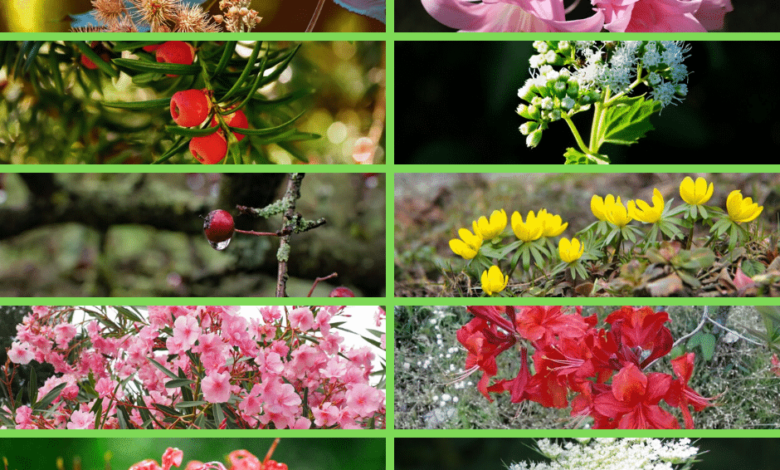
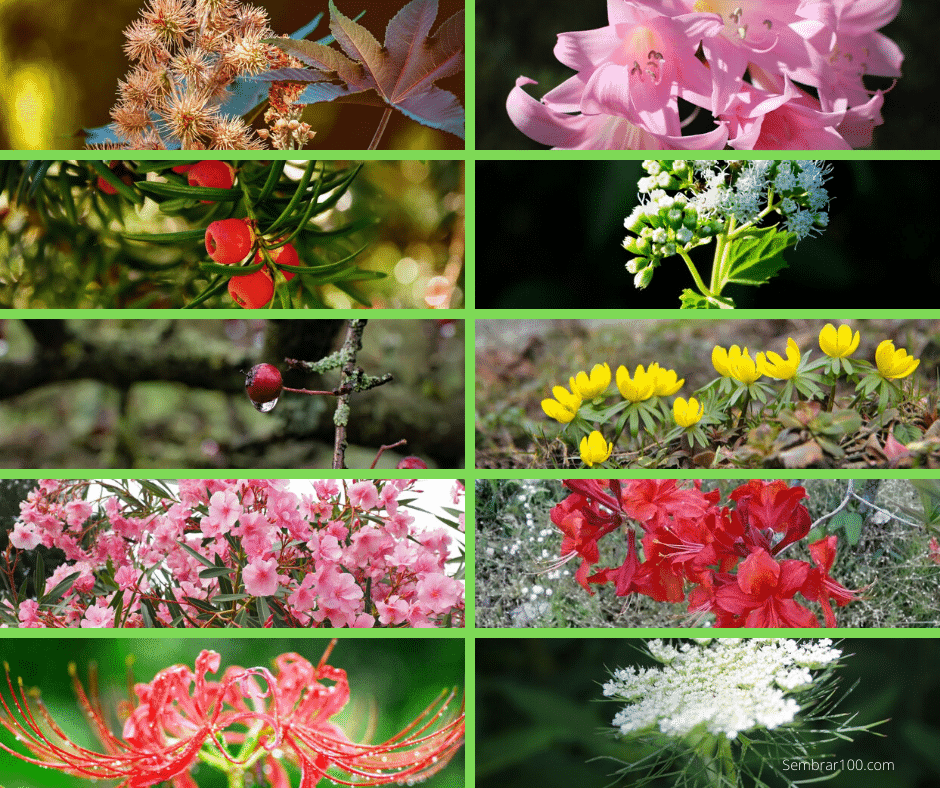
What are poisonous plants?
Although from the very origin of life on the planet, the best recommendation to avoid a fright or death. There are species that give the opposite, because they are capable of causing a severe risk that can even lead to the death of those who come across these species.
Plants such as elderberry, saffron and citrus cause hemlock-like poisonings , once the most poisonous in the world, but without reaching their lethal damage.
The ivy , if chewed by a child or supplied in leaf tea, causes serious digestive disorders, excruciating headaches and back pain, as well as sleepiness and seizures with increased body temperature.
Why are they poisonous?
 Sometimes it is also true that the case may possibly be misdiagnosed , either because the symptoms became evident hours later and it was not possible to relate the effect or consequence that toxins that contain many species leave in humans.
Sometimes it is also true that the case may possibly be misdiagnosed , either because the symptoms became evident hours later and it was not possible to relate the effect or consequence that toxins that contain many species leave in humans.
Many are poisonous because they need to defend themselves from their predators or destroyers, so that it is highly recommended not to allow small children they put a piece in their mouth , in a rural or country walk, especially when they are in the oral stage and everything they get they put in their mouths.
The evolution of species, especially herbivorous animals , has allowed them to learn to differentiate which plants they must ingest to cleanse their body and also which ones are deadly and untouchable.
However, there is everything, because some poisonous plants do not affect some mammals at all , but others are lethal and their danger extends to humans.
In Spain, as of May 2004, a law came into force that includes a list of 197 species of plants whose sale to the public, it is prohibited due to its high toxicity.
What are the most poisonous plants in the world?
The ranking or top-ten of the 10 most poisonous plants in the world , supported by botanical experts in the world, are:
- Oleander ( Nerium oleander )
- Hemlock ( Cicuta matulata )
- American licorice (A brus precatorius)
- Belladonna ( Atropa belladonna )
- Infernal fig or castor bean ( Ricinus communis )
- Common yew or black yew ( Taxus baccata )
- Ageratina altissima
- Common Aconite ( Aconitum napellus )
- Jimson weed ( Datura stramonium )
- Manzanillo of death ( Hippomane mancinella )
Oleander ( Nerium oleander )
Oleander takes the jackpot as the most poisonous plant on the entire planet. It has so much poison that even the honey in its nectar can kill a person without the slightest remorse.
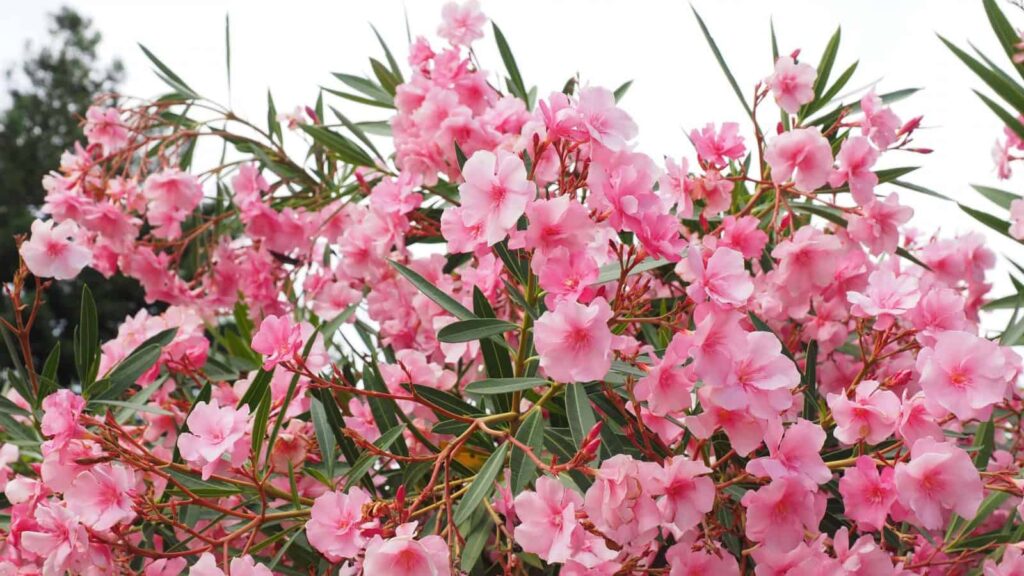
Hemlock ( Cicuta matulata )
It kills after causing severe very painful and violent seizures, vomiting, muscle tremors and cramps. If there is survival, the victim will go through long amnesic periods, so it is better not to approach him.
The toxin that is mainly concentrated in its roots is called cicutoxin and it does not play when it comes to acting.
You can find it especially in North America.
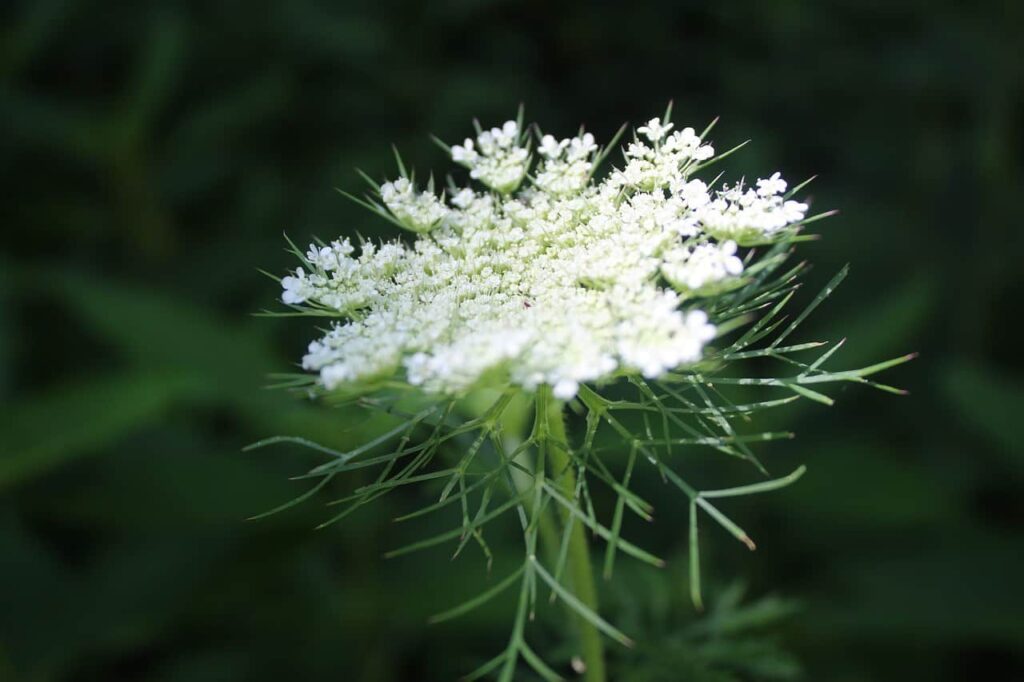
American licorice (A brus precatorius)
When inhaled vomiting, fever and above all, a lot of respiratory distress because the lungs fill with fluid . But if it is ingested, it is necessary to add to this already difficult symptomatology an atrophy in the kidneys, liver and spleen that leads to death in a few days.
This deadly plant is native to Indonesia, but it spreads to tropical and subtropical climates around the world, so it is better to have respect for it and to identify its rounded red seeds and black spots very well.
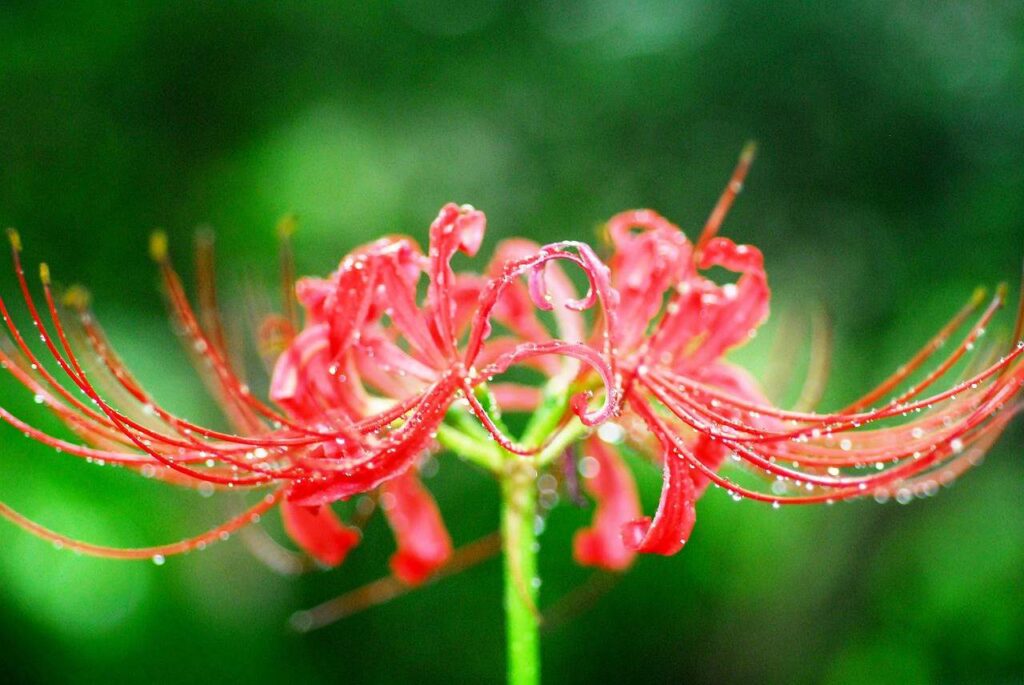
Belladonna ( Atropa belladonna )
It paralyzes nerve endings of the involuntary muscles of the body, blood vessels, heart and gastrointenstinal muscles, as a consequence of the ingestion of toxins such as atropine and scopolamine, present in its stems, leaves, berries and roots.
To get an idea of its damaging power, with as many as 10 or 20 berries they have enough venom to kill an adult person.
You must ask for immediate help if the following symptoms arise from bad contact with this plant: sensitivity to light with dilated pupils or blurred vision, severe headaches, confusion, and seizures.
Inhalation of its toxins also triggers difficulty breathing, nausea, fever and vomiting, triggering fluid in the lungs, with kidney damage and the same serious damage to organs such as the liver and spleen, the affected person dying in just 3 or 4 days.
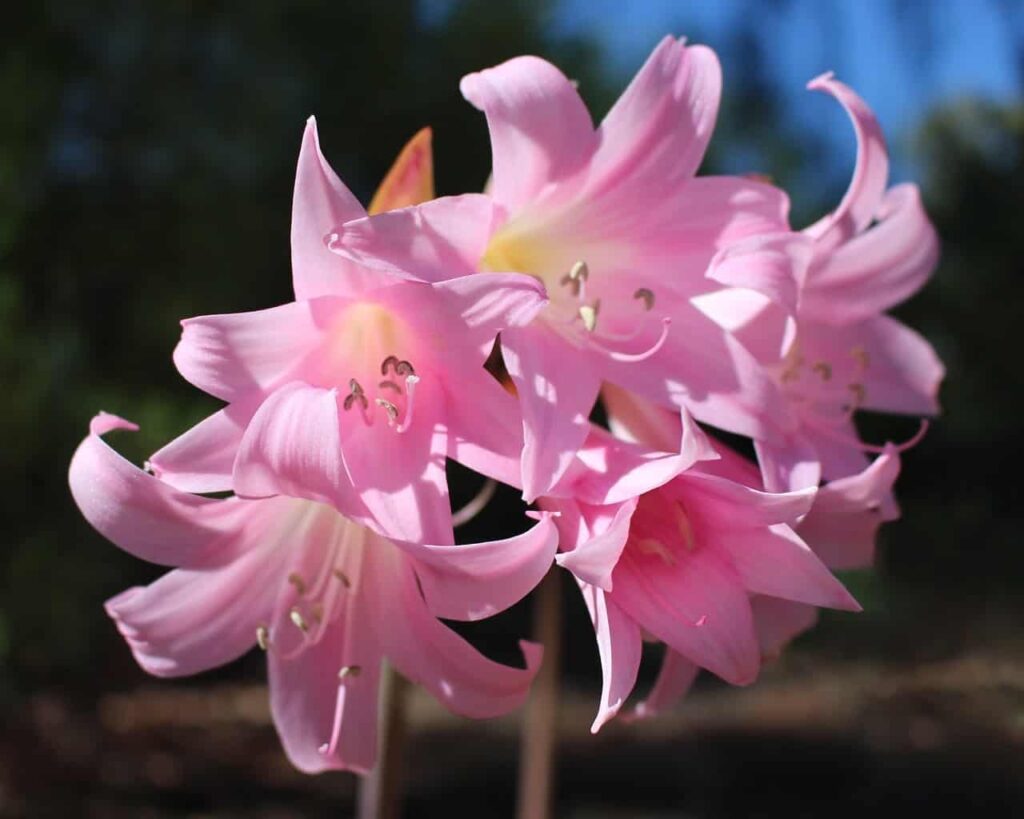
Infernal fig or castor bean ( Ricinus communis )
Famous for castor oil, obtained from the processing of its seeds and that has such dissimilar uses as its laxative action, or the use in the manufacture of paints, lubricants and brake fluids.
Its leaves can acquire a red or dark purple hue covered with a white powder, ricin, highly toxic. Contact with ricin will trigger vomiting , abdominal cramps and, in the worst case, internal bleeding and kidney failure leading to death.
Ricin interferes with human metabolism, because it blocks the internal chemical process that keeps cells alive, vital. Five seeds full of castor beans will be enough to kill an adult and one to kill a child.
It is native to the African continent, but has already spread throughout the world.
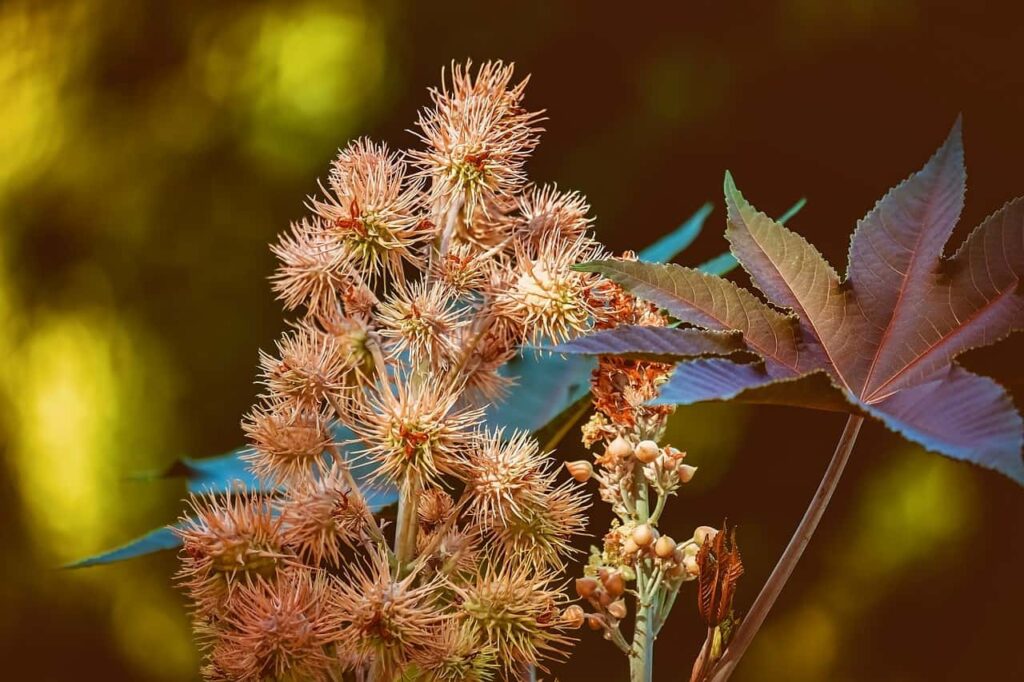
Common yew or black yew ( Taxus baccata )
Throughout history, this plant, native to the United Kingdom , has had many useful applications , despite its poisonous condition. Its extract is used in the manufacture of a drug, the paclitaxol , which decelerates ovarian cancer, breast and lungs.
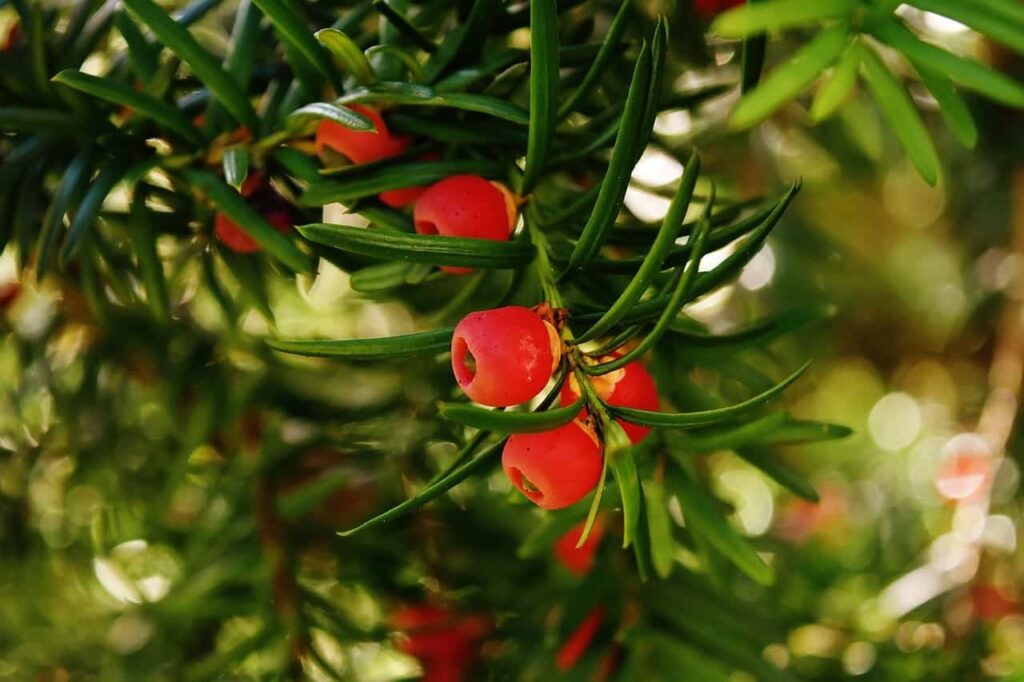
Ageratina altissima
It was famous at the beginning of the 20th century , because it was attributed the so-called «milk disease» , which affected people who consumed milk from a cow that ate this poisonous plant.
Consumption is fatal because it contains the toxin tremetol , which causes bad breath with loss of appetite, body weakness, muscle stiffness, severe constipation, vomiting, stomach cramps and subsequent coma until the death of the victim.
This plant is born and reproduces in North America.
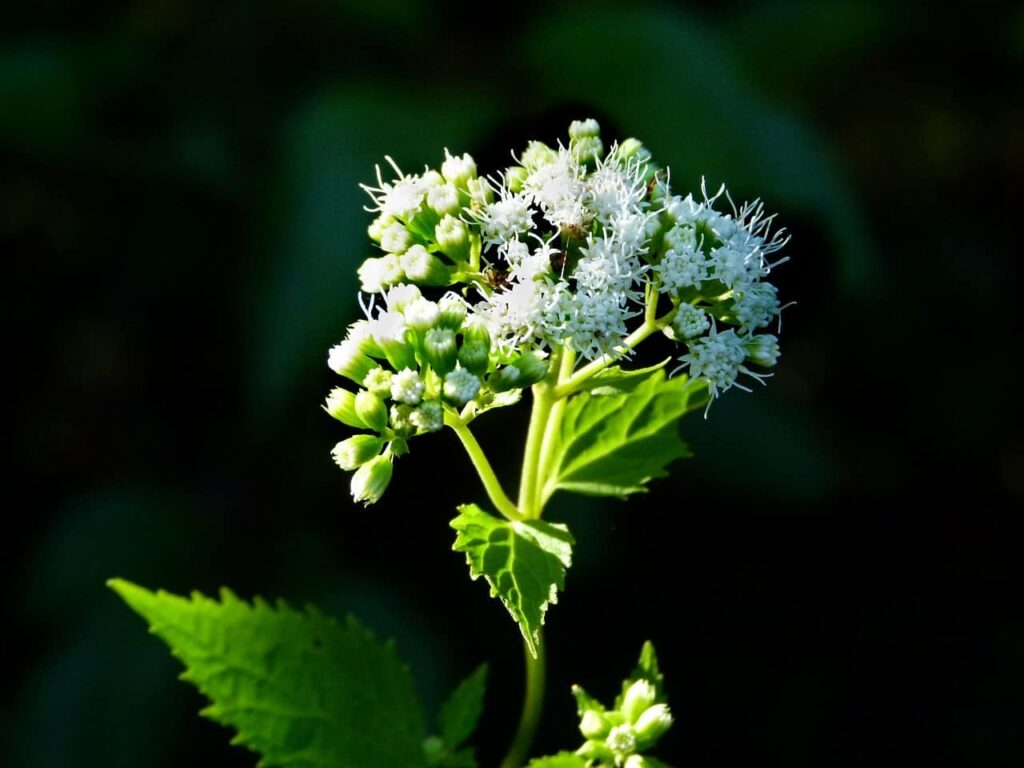
Common Aconite ( Aconitum napellus )
Lives in the European mountains.
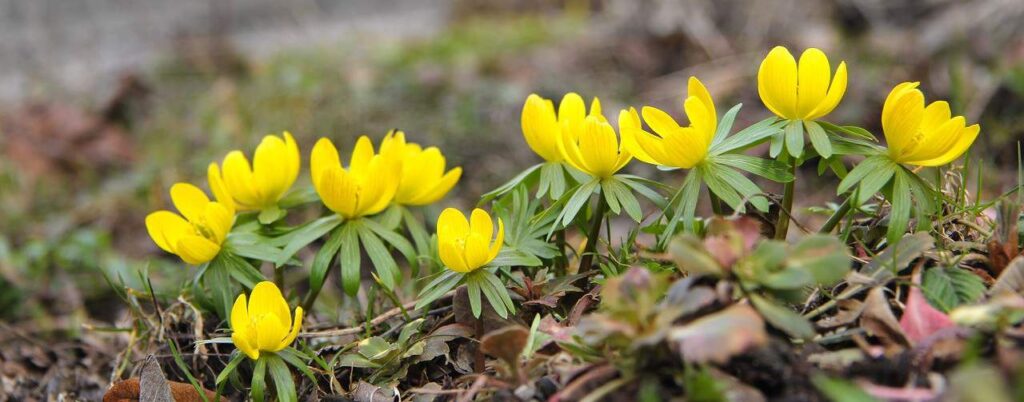
Jimson weed ( Datura stramonium )
This poisonous American plant is found in the United States, Canada and the Caribbean.
It has the power of two deadly toxins: atropine and scopolamine.
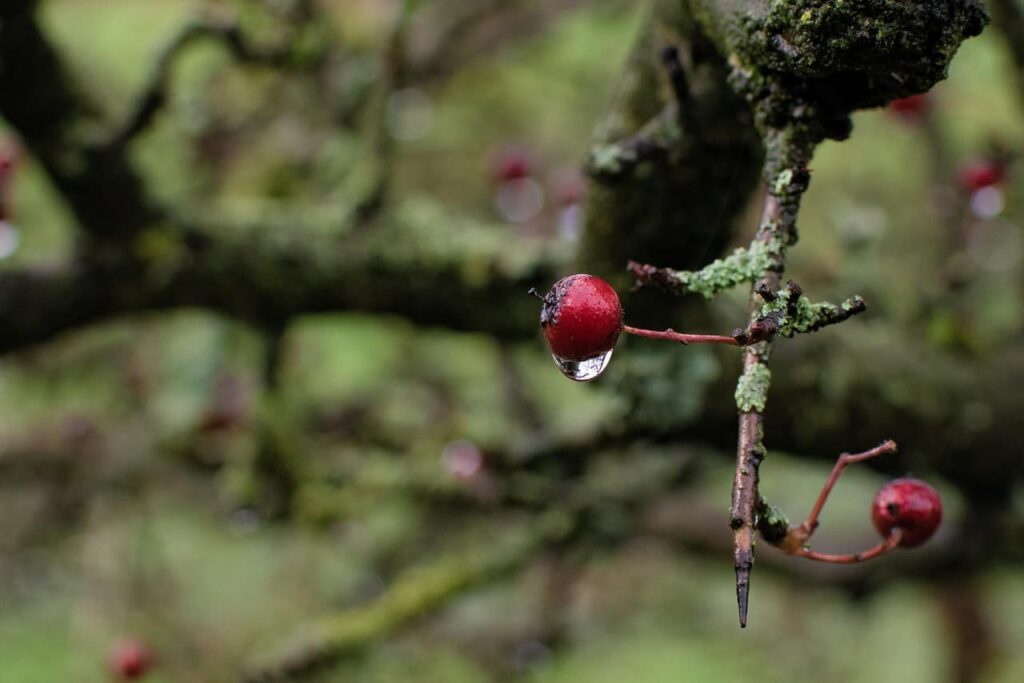
Manzanillo of death ( Hippomane Mancinella )
It is such a poisonous plant that just inhaling its smoke or sawdust, generates a severe cough, laryngitis and even bronchitis.
If a person comes into contact causes blisters, burns, and inflammation And if you rub your poison-impregnated eyes, you can lose your vision .
And if ingested it will cause severe problems in the throat and in the gastrointestinal system, due to the action of 2 toxins: hypomans A and B, present throughout the tree .
It is found in Central America and the Caribbean.
How to identify a poisonous plant?
Although it seems incredible, sometimes the most deadly or dangerous species hide behind a striking, exotic and even bizarre appearance, or in a delicate flower that immediately attracts attention.
Prudence and prior knowledge of the species, in case of an excursion to an unknown region , are the best recommendation to avoid a fright or death.

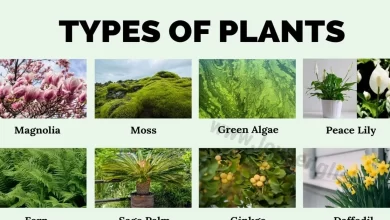
![Photo of Quince Tree: [Care, Planting, Irrigation, Substrate and Pests]](https://www.complete-gardening.com/wp-content/uploads/2022/08/quince-tree-care-planting-irrigation-substrate-and-pests-390x220.jpg)

![Photo of Tomato Caterpillar: [How to Identify and Fight It]](https://www.complete-gardening.com/wp-content/uploads/2022/08/tomato-caterpillar-how-to-identify-and-fight-it-390x220.jpg)